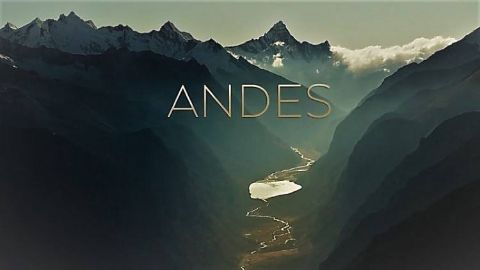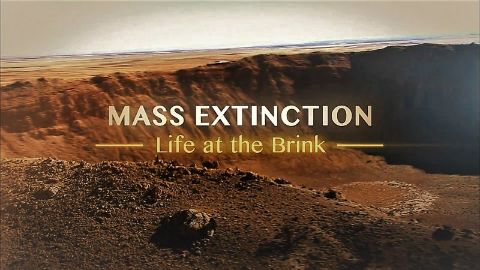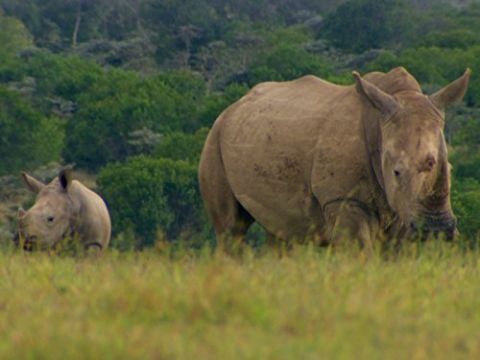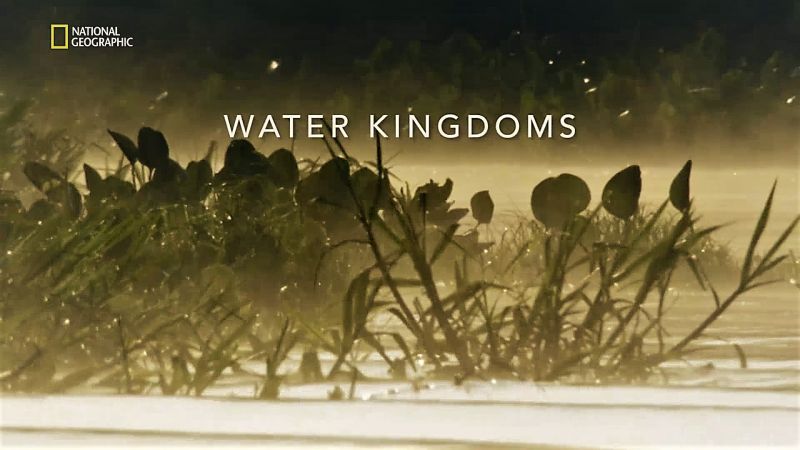Andes • 2017 • episode "S1E3" • Mountain Life at the Extreme
The Andes is the longest mountain range in the world and home to astonishing hidden worlds, extraordinary animals and remarkable people. A female puma and her three cubs hunt in the mountains of the frozen south. Spectacled bears search for water on scorched mountain forests and the descendants of the Inca gather in an ancient ceremony to build a bridge made from woven grass. High in the cloud forest, a newly discovered shape-shifting frog baffles scientists with its superpowers and in the Atacama desert - the driest place in the world - strange reptiles battle for access to precious water. This is the mountain range of surprise and wonder.
Make a donation
Buy a brother a hot coffee? Or a cold beer?
Hope you're finding these documentaries fascinating and eye-opening. It's just me, working hard behind the scenes to bring you this enriching content.
Running and maintaining a website like this takes time and resources. That's why I'm reaching out to you. If you appreciate what I do and would like to support my efforts, would you consider "buying me a coffee"?
Donation addresses
BTC: bc1q8ldskxh4x9qnddhcrgcun8rtvddeldm2a07r2v
ETH: 0x5CCAAA1afc5c5D814129d99277dDb5A979672116
With your donation through , you can show your appreciation and help me keep this project going. Every contribution, no matter how small, makes a significant impact. It goes directly towards covering server costs.






